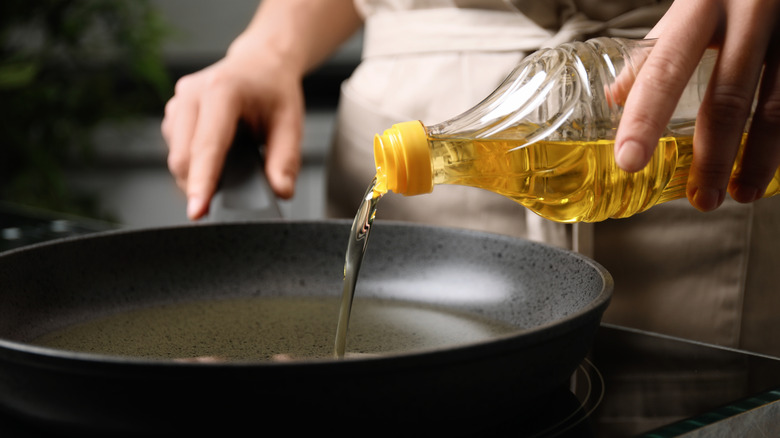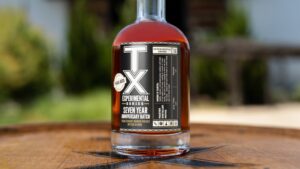
Uwe Krejci/Getty Images
Head to any farmer’s market stand in the summertime and you’ll see an array of seasonal vegetables. While all of them are likely to provide health benefits, one is high in protein and especially good at lowering your cholesterol. Oh, and it happens to be among the most popular of all veggies among people in the United States as well.
What’s this sweet star of picnics, barbeques, and poolside gatherings? Corn. And whether you eat it off the cob or from a can, you’re indulging in a healthy and go-everywhere veggie. Eat 100 grams of kernels, and you’ll get 2.79 grams of protein and 2.4 grams of fiber. All that fiber is particularly valuable if you’re attempting to eat more foods for lowering your cholesterol.
According to a 2019 review in Nutrients, corn is one of the many grains and veggies (by the way, corn can be considered either) that contains functional dietary fiber. This can provide multiple health benefits, including a potential reduction in your “bad” low-density lipoprotein (LDL) cholesterol. (Here’s what you need to know about “bad” cholesterol.)
How corn can help your heart health

New Africa/Shutterstock
Some byproducts of corn can also bring down your cholesterol levels. A 2018 study in the Journal of Nutrition examined the cholesterol effects of consuming corn oil versus coconut oil. Subjects who ate approximately 54 grams of corn oil daily experienced a reduction in their total and LDL cholesterol readings.
As if this weren’t exciting enough to hear if you’re a corn fan, you’ll be tickled to find out that you may be able to double down on corn’s cholesterol-decreasing powers. All you have to do is switch to eating a more colorful variety, like corn that’s naturally blue, red, or purple, which are among the best summer foods for your health.
Richly hued corn may look unusual, particularly if you’ve never seen it, but it has all the nutrients of yellow corn, plus a heavy dash of anthocyanins, antioxidants associated with anti-inflammatory properties that may improve cholesterol numbers. In a 2023 review of 41 studies (via Frontiers in Nutrition), researchers found that anthocyanin supplementation produced cholesterol level improvements.
The best (and worst) ways to consume corn

Kallea Yu/Shutterstock
One way to boost your intake of anthocyanins from purple corn is to heat it rather than eat it raw, as shown in a 2024 study in Industrial Crops and Products. The study analyzed different purple corn heating methods to see which would result in the greatest number of intact anthocyanins remaining in the corn. The winner was baking, which seemed to interfere with the amount of remaining anthocyanins after cooking less than boiling or steaming did.
At the end of the day, when you’re looking for a cardioprotective food that’s affordable and abundant, you don’t have to look beyond the closest ear of corn. That said, corn is used in many products that might not be part of a healthy diet, including snack products like crackers as well as high-fructose corn syrup.
Additionally, avoid slathering corn with butter or dousing it with salt. Butter will add calories to your meal and contains cholesterol. Meanwhile, salt can cause your blood pressure to go up, which can exacerbate any existing cardiovascular risk factors you might have, including high cholesterol.
Credit: healthdigest.com










